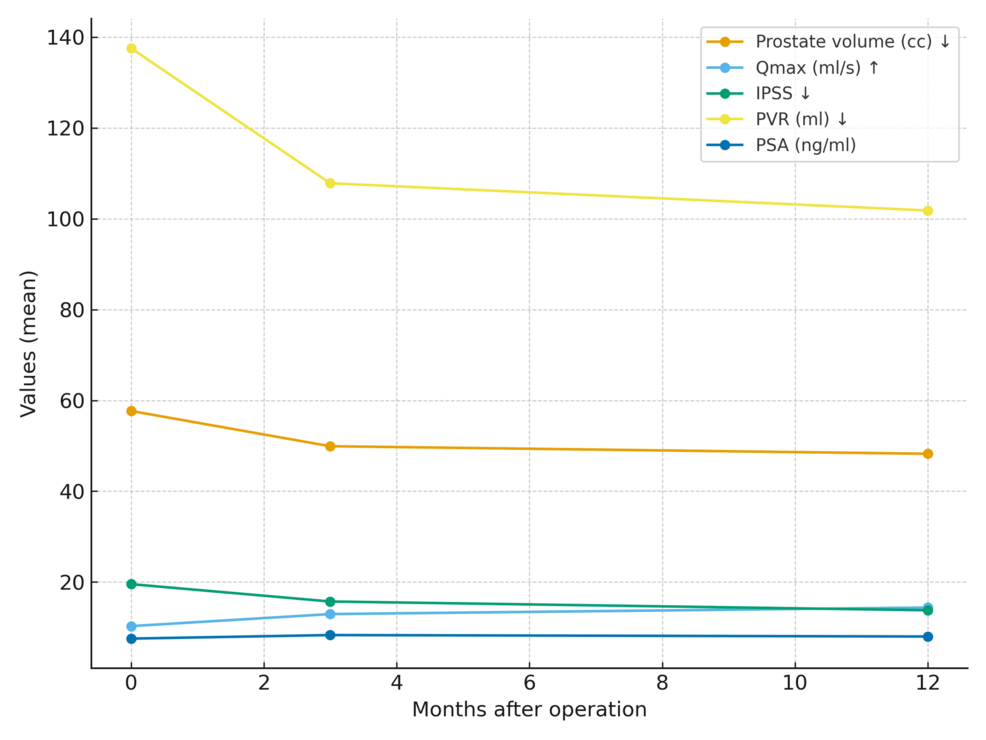…
Author: admin
-

IHC to hear petition suspension of Imran Khan’s X account
IHC to hear petition suspension of Imran Khan’s X account – Daily Times
Continue Reading
-

Middlesbrough actor on working with Julia Roberts in film After the Hunt
Sarah Spina-Matthews,North East and Cumbria and
Amy Oakden,BBC Radio Tees
 Supplied
SuppliedMiddlesbrough actor Carl Wilson-Downie (left) was an extra in Gladiator II, directed by Sir Ridley Scott, who himself grew up in Teesside An actor and producer has…
Continue Reading
-

Instagram launches long-awaited ‘Watch History’ feature for Reels
Instagram has introduced a new “Watch History” feature, allowing users to view Reels they have previously watched, a capability that rival platform…
Continue Reading
-

Isle of Wight Festival licence renewed until 2033
The future of the Isle of Wight Festival (IOWF) has been secured until 2033 after the renewal of its licence.
County Hall’s environment and community protection committee (ECPC) agreed terms on a seven-year extension to the land licence of the…
Continue Reading
-
Country’s development directly linked with Balochistan: PM – RADIO PAKISTAN
- Country’s development directly linked with Balochistan: PM RADIO PAKISTAN
- Consensus between provinces necessary for unity, says PM Shehbaz Dawn
- Balochistan’s progress key to Pakistan’s prosperity, says PM Shehbaz Dunya News
- Resurgence of…
Continue Reading
-

Apple’s Latest iOS 26 Update Wipes Clues Investigators Use to Spot Pegasus Spyware
Apple is rolling out its new iOS 26 update to millions of iPhones. Researchers say a quiet change buried deep in the operating system makes it harder to detect whether the device was ever infected with high-end spyware such as Pegasus or…Continue Reading
-

Tiny metal particles show potential in targeting cancer cells: Study
Researchers have developed microscopic metal particles that can kill cancer cells while sparing healthy tissue, offering a potential new direction for more targeted and less toxic cancer treatments.
The study by the team from the Royal Melbourne…
Continue Reading
-

World Polio Day 2025: Eradication and Prevention of Polio – The Indian Express
- World Polio Day 2025: Eradication and Prevention of Polio The Indian Express
- Polio: Decline in Aid and Challenges in Vaccine Implementation TOLOnews
- Vaccines: ‘Protect children everywhere’ The Seattle Times
- Rotary Club leads Polio Awareness…
Continue Reading

